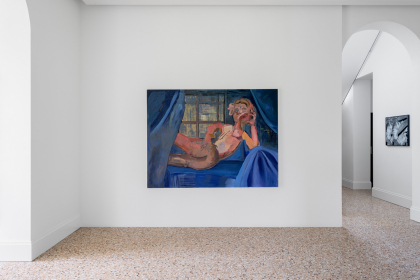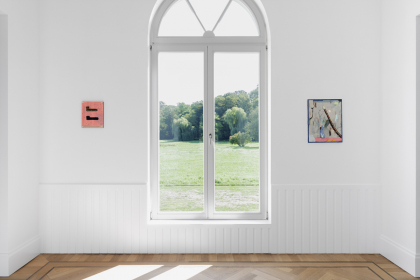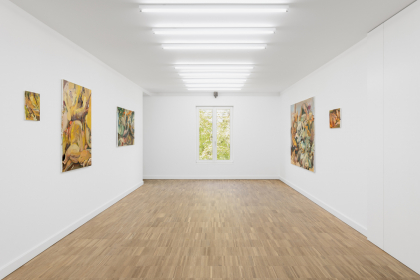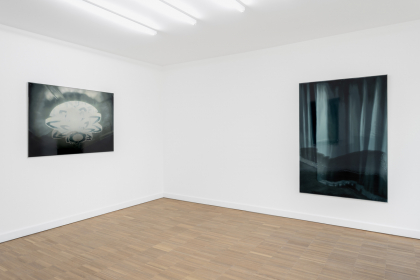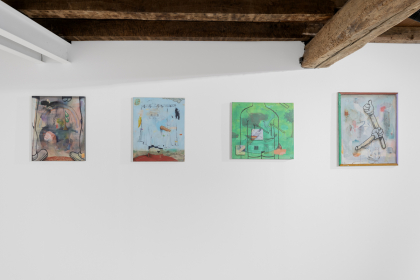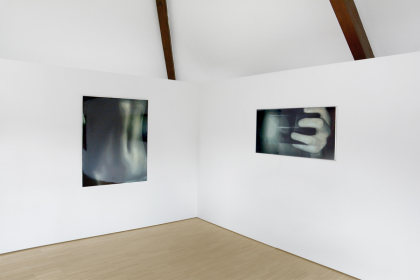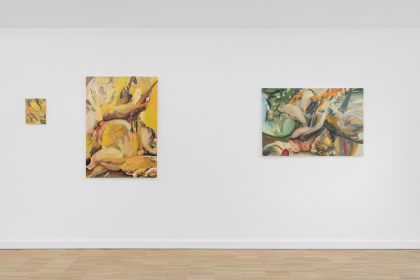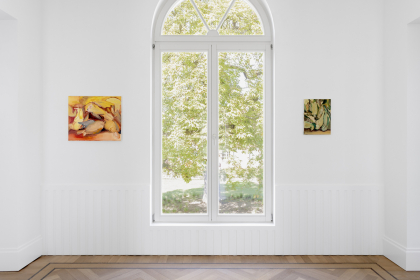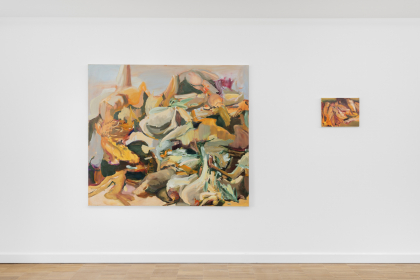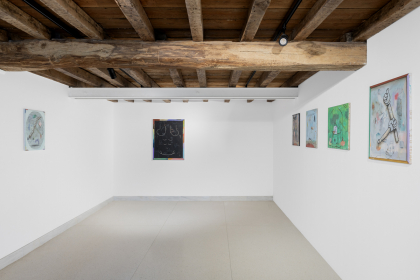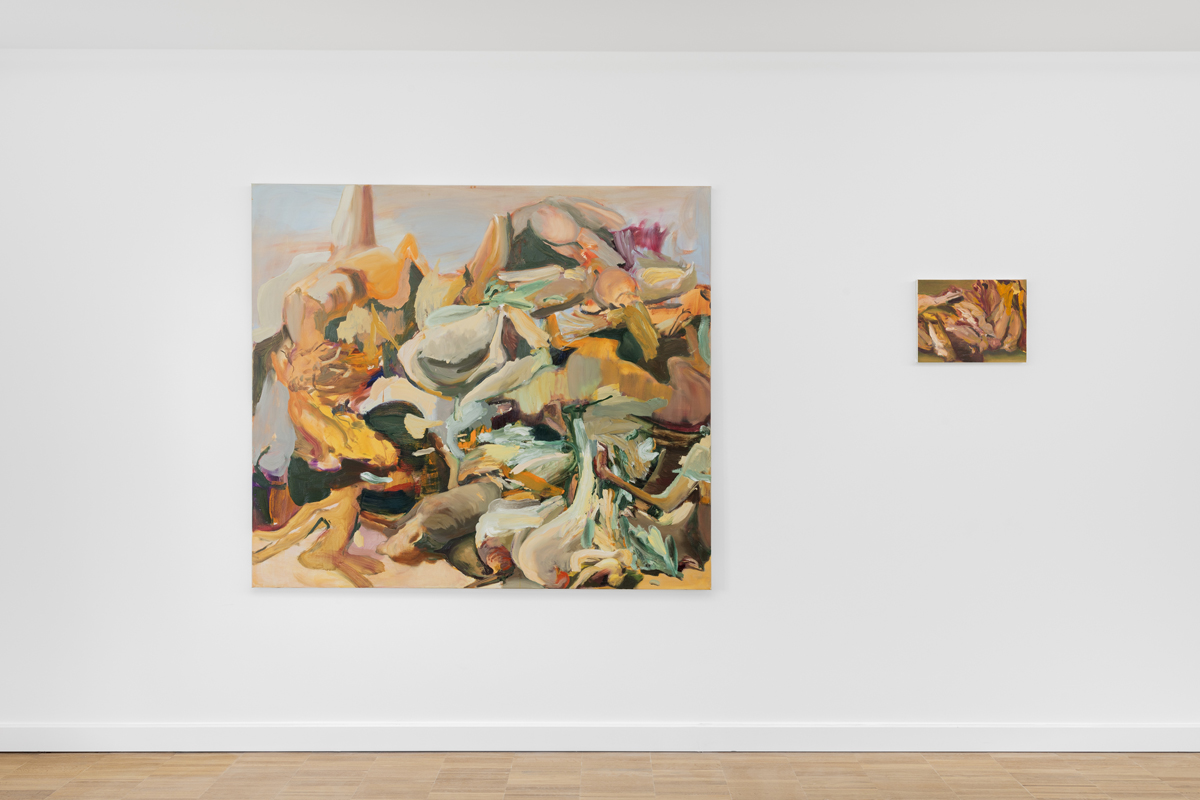
Reflection / deconstruction
Too much has happened to simply paint what we see – the time-honoured genres of landscape, portrait, still life and allegory are no longer useful. Too much has happened on the periphery of art: since the middle of the nineteenth century, new techniques and media have been grafted onto the ancient trunk we call ‘looking’. Advertising has taken control of the public space. Photography has become a genre of its own, developing from a scientific-technological phenomenon into an autonomous medium. Caricatures have conquered the pages of newspapers and magazines. Children’s drawings and the scribbles of psychiatric patients have acquired civil rights, and are worth viewing. Every day, our retinas are pounded by a stream of moving and still images. What hasn’t been transformed into a picture isn’t interesting or might never have happened: the food we are served in restaurants, the daily sunset, how a black arrestee is suffocated by a policeman. And the character of images has changed as a result. Whereas once they were ornaments, divertissements or expressions of power and wealth, they now bear witness, offer a commentary or are wordless topics of conversation. Too much has happened to simply paint what we see.
The four artists exhibiting here today all have their own thoughts about what an image can be. Are the colourful, sculptural paintings by Simona Mihaela Stoia (b. 1982) landscapes or memories of them? They suggest a space, but also offer one of their own: in each of these generous paintings you can live and walk. Sarah De Vos (b. 1985) works with oil paint on wooden panels, after which she applies a transparent layer of epoxy resin, a haze that allows reflection and creates distance – you may also understand ‘reflection’ figuratively, with epoxy as the visual equivalent of ‘white noise’. The title- and frameless works of Tatjana Gerhard (b. 1974) explore the boundaries of pictorial conventions: she deconstructs classical poses and a genre such as the portrait into problematic images in oil on canvas, leaving traces and leaving it up to us to unravel (or invent) the plot. We find a similar dissolution of reality in the work of Stijn Bastianen (b. 1987). As in caricatures, dreams and grisly fairy tales, details are heavily accentuated – Grosz and Ensor are peeping around the corner. Fragments and traces of the visible reality are left behind, which the painter stages in new settings. In this way, each of these four artists reflects, in his or her own unique way, on the proof of the world and the status of the image. Perhaps that is the basic attitude of modern and all forms of contemporary art: to push the boundaries of what we experience as problematic.
Eric Min, August 2020

